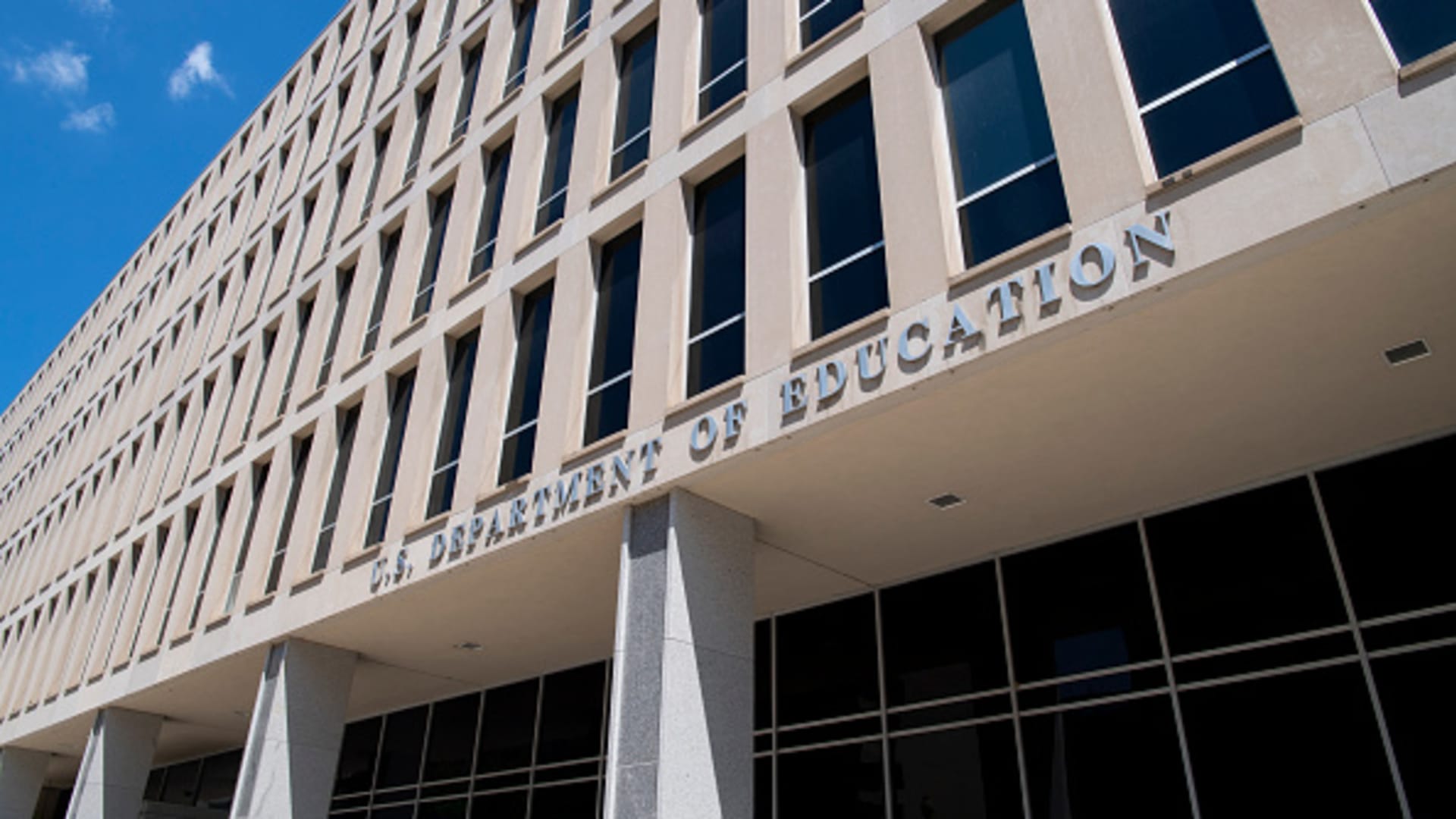The Biden administration announced on Wednesday that it was moving to make sweeping changes to the federal student loan system, including making it easier for public servants to get debt forgiveness and setting new limits on the accrual of interest.
“We are committed to fixing a broken system,” U.S. Secretary of Education Miguel Cardona said, in a statement.
Key elements of the proposal include:
- Protections for defrauded borrowers: Under the proposed regulations, students who attended for-profit schools that lied or took advantage of them could be considered for debt cancellation as a group, meaning individuals wouldn’t be burdened to make their case alone. Defrauded borrowers would also be given more leeway around when they could file a claim for loan cancellation, and the definition of misconduct by schools would be expanded to include aggressive and deceptive recruitment practices. Many colleges could also be prohibited from requiring borrowers to sign mandatory pre-dispute arbitration agreements or class action waivers.
- An overhaul of the public service loan forgiveness program: The program allows for debt cancellation after 10 years for those who work for the government or specific non-profits. Borrowers who were in certain types of forbearances or deferments could get those months counted toward their timeline to relief. Currently, these periods don’t qualify. Late payments would also no longer be excluded from a borrowers’ total qualifying payments.
- Changes to how interest accrues: The practice of interest capitalization on federal student loans, in which accrued interest is added to the principal balance, would also be eliminated in cases when a borrow exits a forbearance or defaults on their loan.
The public has 30 days to comment on the Education Department’s proposed regulations, and the final rules will go into effect no later than July 1, 2023.
More from Personal Finance:
Here’s how to prepare your portfolio as recession looms
Here’s when tax-loss harvesting does, doesn’t make sense
5 steps to take now to prepare your finances for a recession
Federal student loan forgiveness still undecided
Although these changes have long been called for by advocates, the Biden administration has been under increasing pressure to respond in a deeper way to the student loan crisis by forgiving a large amount or all of the debt.
The country’s $1.7 trillion outstanding student loan balance outpaces credit card or auto debt, more than 10 million borrowers were behind on their payments prior to the pandemic public.
On the campaign trail, Biden said he was in support of clearing $10,000 from borrowers’ accounts. Doing so would cost around $321 billion and completely forgive the loans for around a third of student loan borrowers.
As the White House deliberates on how to move forward with loan forgiveness, if at all, the amount it should cancel remains one of the biggest sticking points.
The NAACP has been vocal about how $10,000 wouldn’t go nearly far enough for Black student loan borrowers. Wisdom Cole, national director of the association’s youth and college division, recently said on Twitter that nixing just $10,000 would be “a slap in the face.”
The Senate’s top Democrat, Chuck Schumer of New York — along with Sen. Elizabeth Warren, D-Mass., and other Democrats — is pushing the president to cancel at least $50,000 for all.
Still, no amount of forgiveness would leave all borrowers happy. More than 3 million student loan borrowers owe over $100,000.
At the same time, many Americans are infuriated by the the idea of any student debt forgiveness, including those who never borrowed for their education or went to college. Some Republicans have said they would try to block an effort by the president to cancel the debt.
With the November midterms looming, these are all key considerations for Biden.
